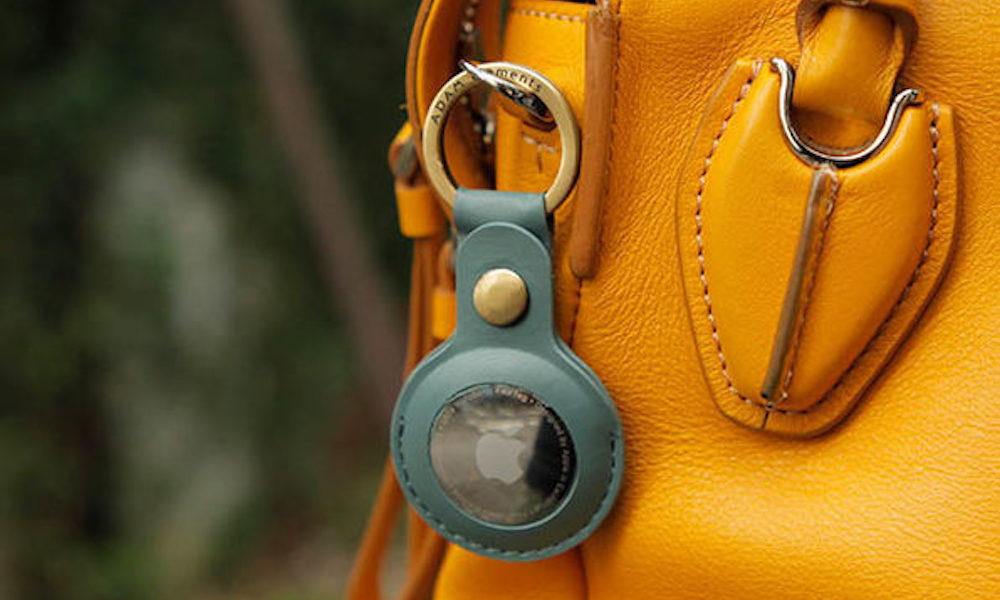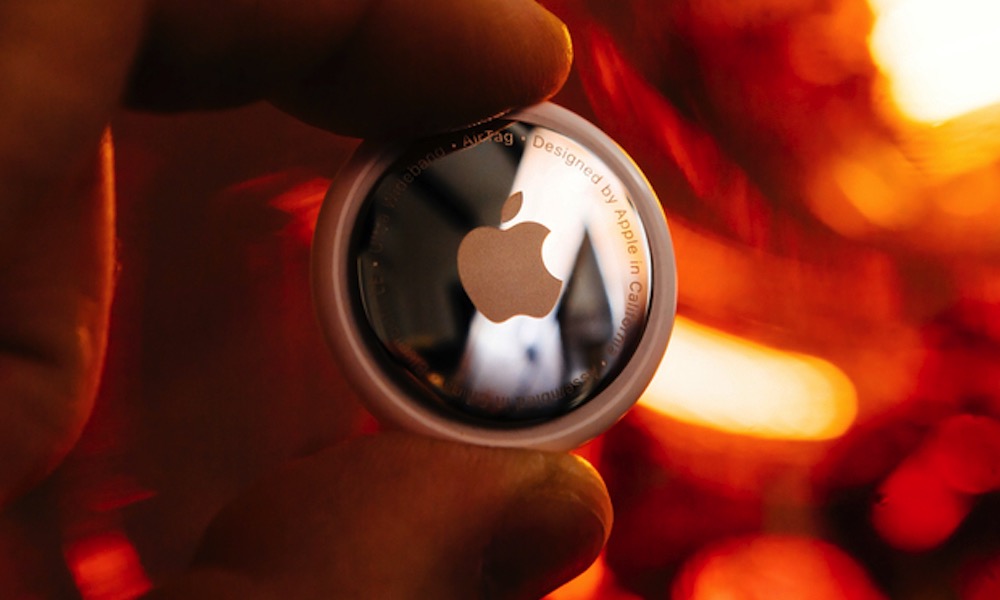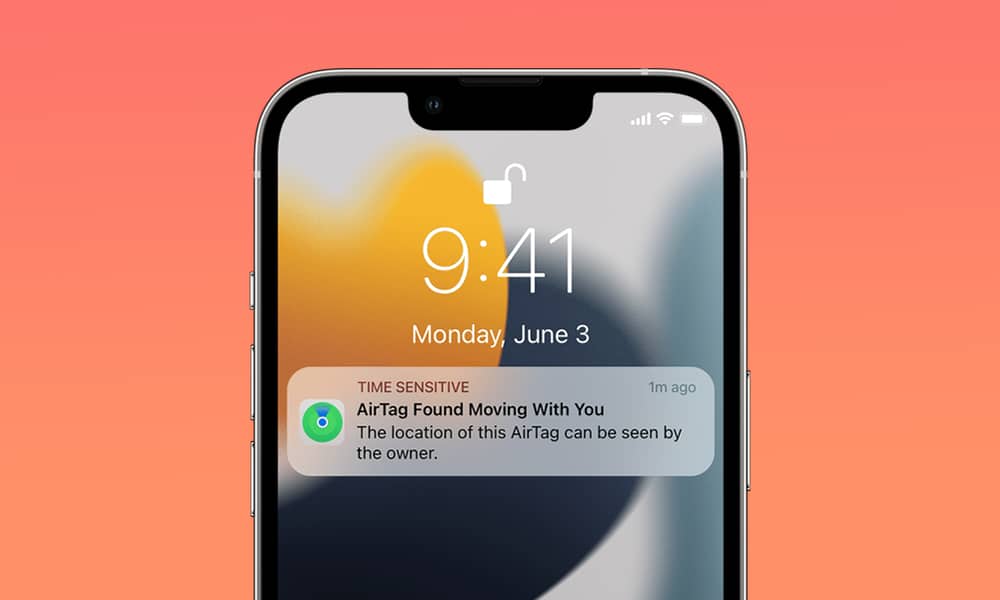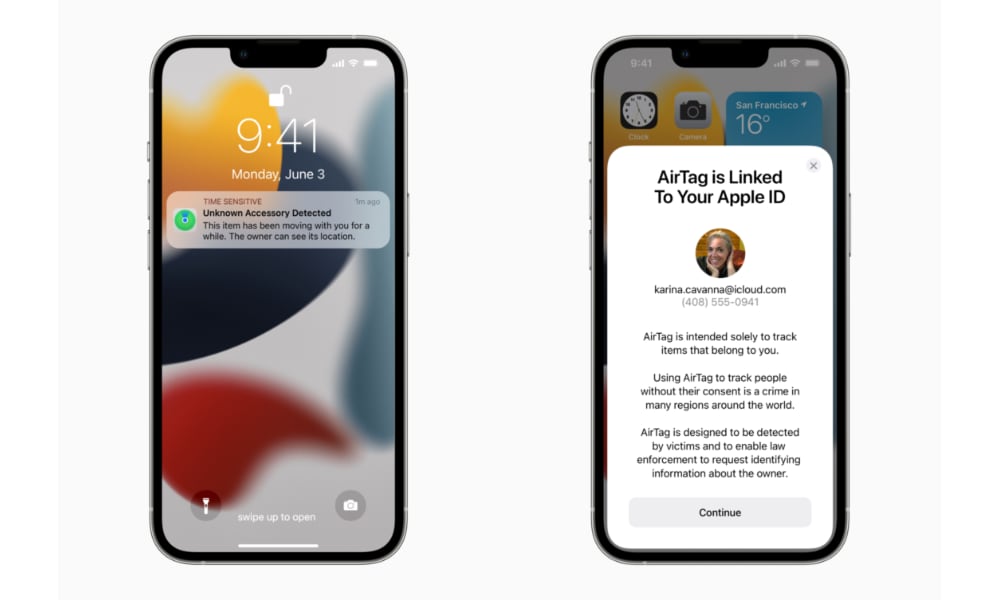Federal Drug Enforcement Agents Tracked Down an Illegal Narcotics Ring with the Help of Apple’s AirTags
 Credit: wanida tubtawee / Shutterstock
Credit: wanida tubtawee / Shutterstock
Toggle Dark Mode
Although Apple has repeatedly emphasized that its AirTags are not intended for use in tracking people, that didn’t stop a group of U.S. federal agents from pressing one of the diminutive location trackers into service in an attempt to find out where a contraband shipment was headed.
An investigative report by Thomas Brewster at Forbes reveals how members of the U.S. Drug Enforcement Administration (DEA) opted to try using an AirTag to track the movements of a pill press they discovered being shipped into the country from Shanghai, China.
The information was discovered in a search warrant obtained by Forbes, which appears to have been issued to authorize the placement of the AirTag inside the pill press, in the hope of getting “precise location information” that would “allow investigators to obtain evidence about where such individuals store drugs and/or drug proceeds, where they obtain controlled substances, and where else they distribute them.” The warrant authorized the agency to monitor the AirTag for 45 days across multiple states, including the District of Massachusetts, where the parcel was destined.
As Brewster notes, the warrant doesn’t provide any insight into why the agents specifically chose to use an AirTag, rather than any number of other commercially available GPS trackers. Brady Wilkins, a retired detective interviewed by Forbes, speculated that they may have simply been giving the AirTag a shot to see how it fared compared to the other GPS surveillance devices typically used by law enforcement.
Professional criminals aren’t ignorant of the use of surveillance devices by law enforcement officials, and Wilkins told Forbes that they’re “getting better at countersurveillance techniques.” Standalone GPS trackers used by police tend to be bulkier due to more radio systems and higher power requirements, so it’s harder to conceal them in a way that won’t be discovered.
By comparison, an AirTag is much smaller and can be powered for up to a year on a single coin cell battery, as it only needs to handle low-power Bluetooth communication with nearby iPhones and other Apple devices.
AirTags Aren’t for Surveillance
The use of an AirTag appears to be more of an experiment by these specific DEA agents, rather than standard operating procedure. It’s unclear how much the AirTag helped agents in this case; the intended recipient of the pill press was charged by the state, but was not charged in federal court. Forbes was unable to find any specific information on the role the AirTag played in apprehending the suspect.
Nevertheless, it’s unlikely the DEA or other law enforcement agencies would be able to rely on using AirTags for surveillance. Not only would suspects quickly get wise to such a tactic, but Apple has built in significant anti-tracking protections to prevent an AirTag from being used for purposes such as this.
After all, there’s an extremely fine line between tracking a suspect and stalking a victim. Technology like AirTags has no way of knowing the difference, and Apple wants to make absolutely certain it errs on the side of caution.
From their inception, AirTags have been sold for only one purpose: tracking your own personal belongings. AirTags are not designed for tracking children or pets, much less other adults, and hence Apple has designed an AirTag to make it very apparent when it’s somewhere that it’s not supposed to be.
AirTags have included anti-stalking features from the very beginning. Initially, an AirTag would sound an audible alert after it had been separated from its paired iPhone for more than three days. Any iPhone that detected one of these “orphaned” AirTags would also display an alert as soon as it determined the tag was moving around with them.
Apple wasn’t the first company to release item trackers, but it was the first to add these kinds of personal safety features. Even so, domestic violence advocates sounded the alarm, claiming the company wasn’t doing nearly enough to protect potential victims of abuse — and to be fair, they weren’t wrong about that.
Just because competitors like Tile had never addressed these issues didn’t mean that Apple shouldn’t continue setting a much higher standard, and the company responded with improvements, shortening the alert times and creating an app for Android users to scan for nearby AirTags. It also added a similar scanning feature in the iOS 15.2 betas, but for whatever reason that never made it into a final release.
Combined with iOS 16.2, the most recent AirTag firmware update in December added the ability to use the iPhone’s Precision Finding feature to help locate an unknown AirTag found moving around with you. Before this, you could only make the AirTag emit a sound to help you find it.
An ‘Unusual Choice’
While the DEA’s May 2022 case pre-dates that last improvement, it’s likely the AirTag still would have been emitting a sound by the time the pill press was picked up from its destination. Even the original AirTag firmware would begin chirping after three days; later updates increased the volume and frequency of the alerts and reduced the trigger time to as little as eight hours.
Whether that sound would have been audible from inside the pill press and packaging is another matter, but if the courier who picked it up was toting an iPhone, they would have been alerted to the presence of the AirTag not long after they started moving with it.
Jerome Greco, an attorney Forbes spoke with at the Legal Aid Society that who specializes in digital forensics, said that Apple’s safety features made the AirTag an “unusual choice” for the DEA, although he added that “we should always assume that the police are going to take advantage of” any technology that’s available to them.
Greco was more concerned about how easily AirTags can be abused, noting that “The DEA investigation is another extension of AirTags being used for purposes that were presumably unintended by Apple.”
There’s plenty of evidence that AirTags’ anti-stalking features have been working as designed. Most recently, a Tennessee man was jailed after stalking his ex-wife by planting an AirTag on her car, and last year a seventeen-year-old girl was properly alerted by her iPhone when someone planted an AirTag on her at Disney World. A bright spark in Japan even tried to plan an AirTag on a police car, where it was quickly found.
Still, while Apple has arguably done the best job it can to make AirTags safe from these kinds of nefarious uses, the safety features aren’t foolproof, and definitely aren’t a substitute for common sense and being aware of your surrounding. If you think there’s a chance somebody could be tracking you, exercise caution and don’t assume that you’re not being tracked just because you don’t see any alerts on your iPhone or don’t hear an AirTag chirping somewhere. Also, keep in mind that AirTags are far from the only game in town; there are far more insidious trackers out there that don’t offer nearly the same protections.











